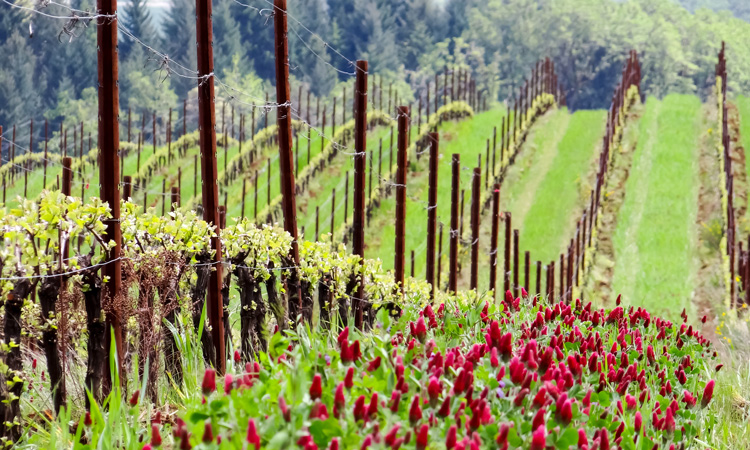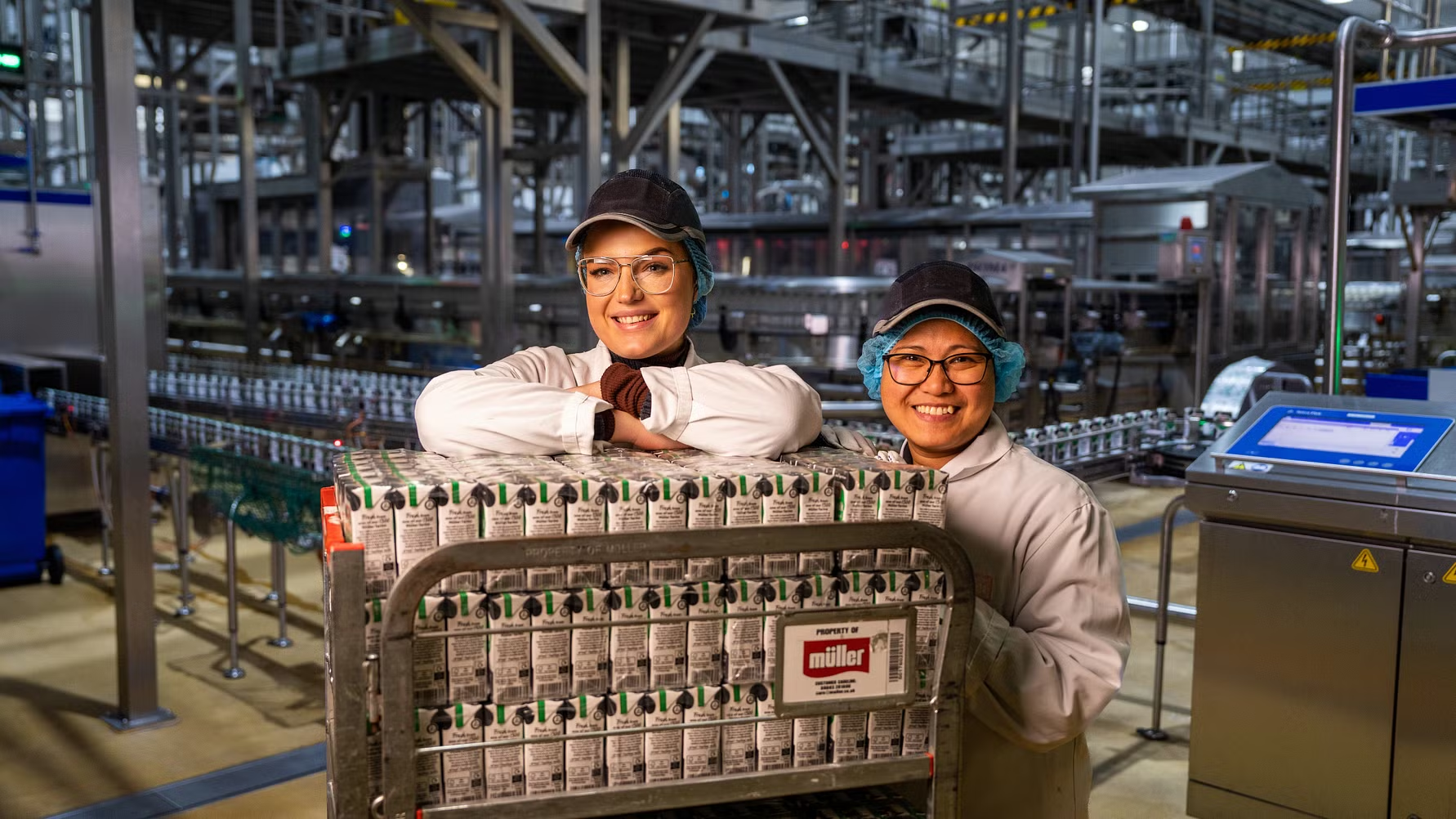Study shows universally positive effect of cover crops on soil microbiome
- Like
- Digg
- Del
- Tumblr
- VKontakte
- Buffer
- Love This
- Odnoklassniki
- Meneame
- Blogger
- Amazon
- Yahoo Mail
- Gmail
- AOL
- Newsvine
- HackerNews
- Evernote
- MySpace
- Mail.ru
- Viadeo
- Line
- Comments
- Yummly
- SMS
- Viber
- Telegram
- Subscribe
- Skype
- Facebook Messenger
- Kakao
- LiveJournal
- Yammer
- Edgar
- Fintel
- Mix
- Instapaper
- Copy Link
Posted: 28 February 2020 | Sam Mehmet (New Food) | No comments yet
Boosting soil microbial abundance is said to be a step towards increasing global sustainability of food production.


Only a fraction of conventional row crop farmers grow cover crops after harvest, but a new global analysis from the University of Illinois (UoI) has shown that the practice can boost soil microbial abundance by 27 percent.
The result is said to add to cover crops’ reputation for nitrogen loss reduction, weed suppression, erosion control, and more. Although soil microbial abundance is less easily observed, it is considered an important metric in estimating soil health.
“A lot of ecological services are done by the soil microbiome, including nutrient cycling. It’s really important to understand how it functions and how agriculture can form a healthier soil microbiome,” said Nakian Kim, doctoral student in the Department of Crop Sciences at the UoI and lead author.
Other studies have shown benefits of cover cropping on the soil microbial community, but most of them have been one-offs influenced by specific site conditions, unique seasonal effects, idiosyncratic management regimes, and the researchers’ chosen analysis methods, according to the UoI researchers. Kim’s work is said to be different in that he looked for universal patterns among dozens of these one-off studies.
“Our analysis shows that across 60 field studies, there was a consistent 27 percent increase in microbial abundance in fields with cover crops versus no cover crops. It is across all these studies from around the world,” added Maria Villamil, Associate Professor in crop sciences and co-author on the paper.
The research team performed a search of the existing studies on cover crops, and analysed some 985 scientific articles. Of these, they only kept studies that directly compared cover crops and bare fallow soils, and omitted studies conducted in greenhouses or that treated crop residues as cover crops. They also ensured that the studies were statistically sound, with reasonably large sample sizes. In the end, they mined and reanalysed data from 60 studies reporting on 13 soil microbial parameters.
“That is why the criteria of selection had to be so strict. We wanted to compare studies that were solid, and with enough replications that we could make valid claims about global patterns,” Villamil said.
The research team divided the 13 microbial parameters into three categories: microbial abundance, activity, and diversity. Microbial abundance was not the only category to show a significant increase with cover cropping compared to bare fallow soils. Microbial activity was also up 22 percent, and diversity increased 2.5 percent.
“All the categories are important, but especially diversity, because a diverse microbiome is more resilient. Considering the close linkage between microbial diversity and the provision of ecosystem services, small impacts could go a long way to increase sustainability. In that sense, I think the cover crops are really helping,” Kim said.









